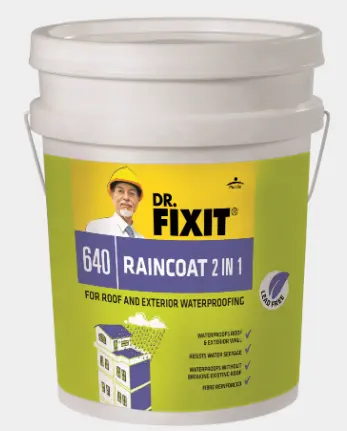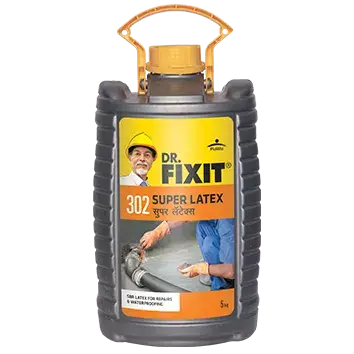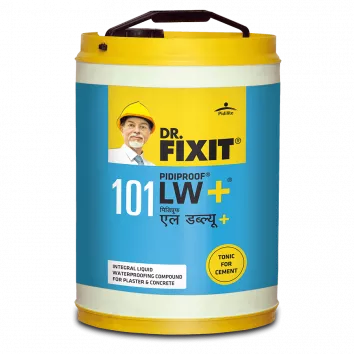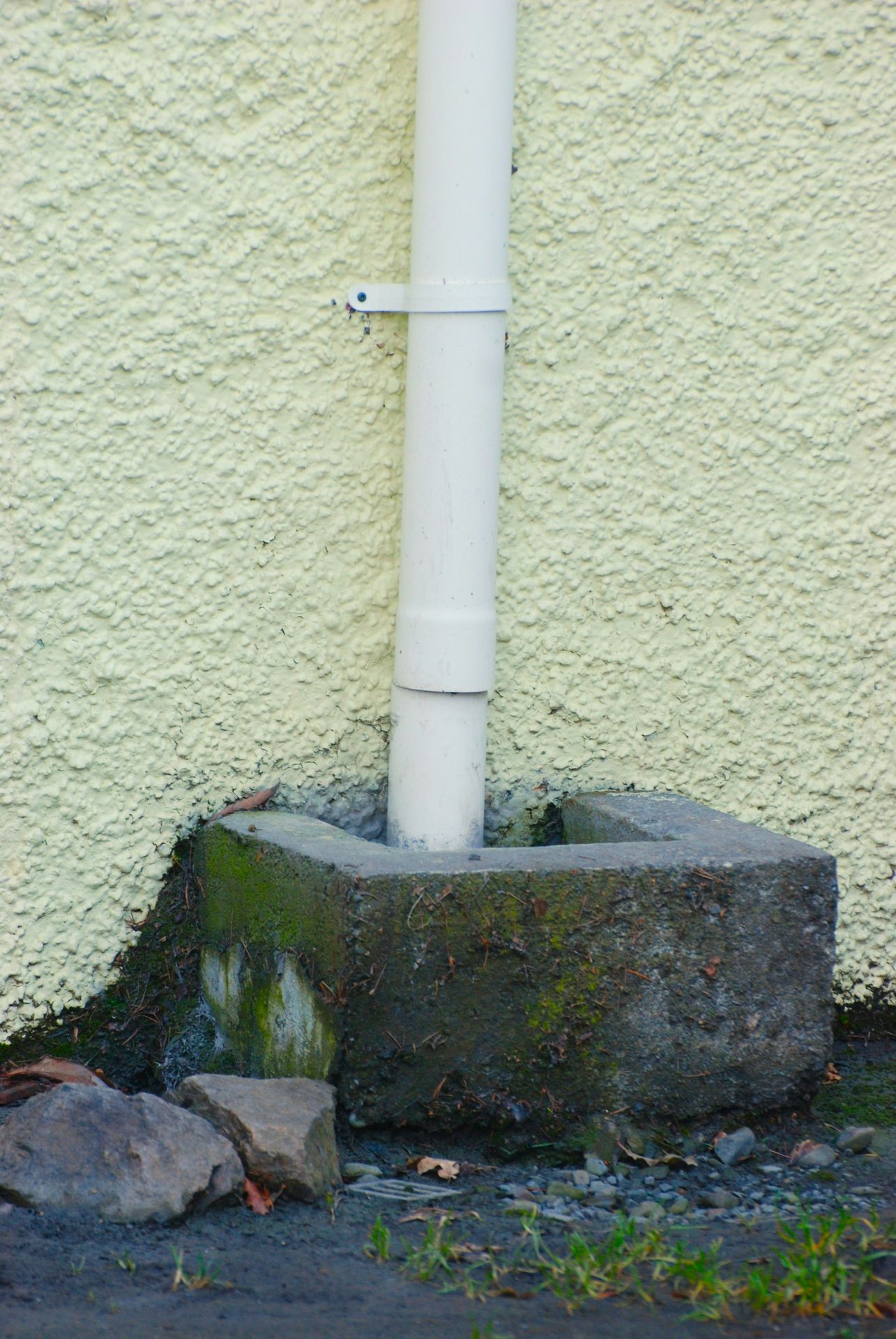Effective waterproofing is crucial for maintaining the integrity and longevity of buildings in Kenya. With diverse weather conditions ranging from heavy rains to high humidity, the need for robust waterproofing solutions cannot be overstated. This article outlines the best practices for ensuring effective waterproofing in Kenya, helping property owners protect their investments from water damage.
1. Start with a Comprehensive Assessment
Before any waterproofing project begins, conduct a thorough assessment of the property. Identify areas prone to water ingress, such as basements, roofs, balconies, and external walls. Engage a professional to perform a detailed inspection, highlighting existing issues and potential problem areas.
2. Use High-Quality Materials
Investing in high-quality waterproofing materials is essential. Products like Dr. Fixit offer reliable solutions designed to withstand Kenya's climatic conditions. Ensure the materials used are suitable for the specific area being waterproofed, whether it’s a roof, foundation, or bathroom.
Recommended Products
- Dr. Fixit Raincoat 2 in 1 for attractive, long-lasting roof protection.

- Dr. Fixit Super Latex for waterproofing new and old construction.

- Dr. Fixit LW+ as an additive for concrete to enhance water resistance.

3. Employ Skilled Professionals
The success of a waterproofing project largely depends on the expertise of the applicators. Hiring experienced and trained professionals ensures that the waterproofing system is applied correctly and effectively. Verify the credentials of contractors and review previous projects to gauge their competence.
4. Follow Manufacturer’s Instructions
Adhering to the manufacturer’s guidelines for the application of waterproofing products is crucial. These instructions are tailored to optimize the performance of the materials, ensuring maximum effectiveness. Skipping steps or using incorrect methods can compromise the waterproofing system.
5. Ensure Proper Surface Preparation
Surface preparation is a critical step in the waterproofing process. Clean and dry the surface thoroughly, removing any dirt, dust, or loose particles. Repair any cracks or defects before applying the waterproofing layer. Proper preparation ensures better adhesion and longevity of the waterproofing system.
6. Implement Multiple Layers
In many cases, a single layer of waterproofing is insufficient. Applying multiple layers of waterproofing material enhances protection and ensures comprehensive coverage. This is especially important for roofs and other horizontal surfaces exposed to standing water.
7. Regular Maintenance and Inspection
Waterproofing is not a one-time task. Regular maintenance and periodic inspections are necessary to identify and address any wear or damage early on. Conducting routine checks, especially after heavy rains or storms, helps maintain the integrity of the waterproofing system.
8. Pay Attention to Drainage
Effective drainage is a key component of waterproofing. Ensure that gutters, downspouts, and drainage systems are clear of debris and functioning properly. Poor drainage can lead to water pooling, increasing the risk of leaks and water damage.

9. Consider Climate and Environment
Kenya's diverse climate requires tailored waterproofing solutions. In coastal areas, structures are exposed to high humidity and saltwater, necessitating robust waterproofing systems. Inland areas with less rainfall may require different strategies. Assess the specific environmental conditions of your property and choose appropriate waterproofing solutions accordingly.
10. Educate Occupants
Educate the occupants of the building about the importance of waterproofing and how to identify potential issues. Encourage them to report any signs of water damage immediately, allowing for prompt intervention and repair.
Conclusion
Effective waterproofing is essential for protecting buildings in Kenya from water damage. By following these best practices, property owners can ensure the longevity and structural integrity of their investments. From using high-quality materials to regular maintenance, each step plays a vital role in achieving a watertight property. Invest in professional expertise and stay proactive in your approach to waterproofing to keep your property safe and dry.